How to quantify the quality of an enlarged image?
|
Different study in image enlargement utilizes RMSE or PSNR to quantify if their image enlargement method is much better than the existing one.(lower RMSE and higher PSNR is better)
Questions 1. Why nearest-neighbor method in image enlargement produces significantly lower RMSE and higher PSNR than bilinear and bicubic even though the results of these two is much better than the nearest-neighbor? 2. Is it possible to create a better enlargement algorithm compared to n-n, bilinear and bicubic even though the RMSE is much larger and the PSNR is lower? Can someone explain the concept of PSNR or RMSE in image processing and why I always get higher RMSE and low PSNR for my proposed method. enlarged original image :  n-n enlargement: 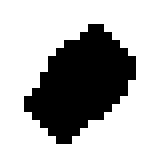 bilinear enlargement:  bicubic enlargement: 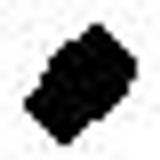 proposed method: 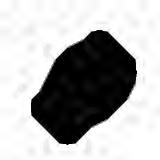 downscaled then upscaled original image :  n-n enlargement: 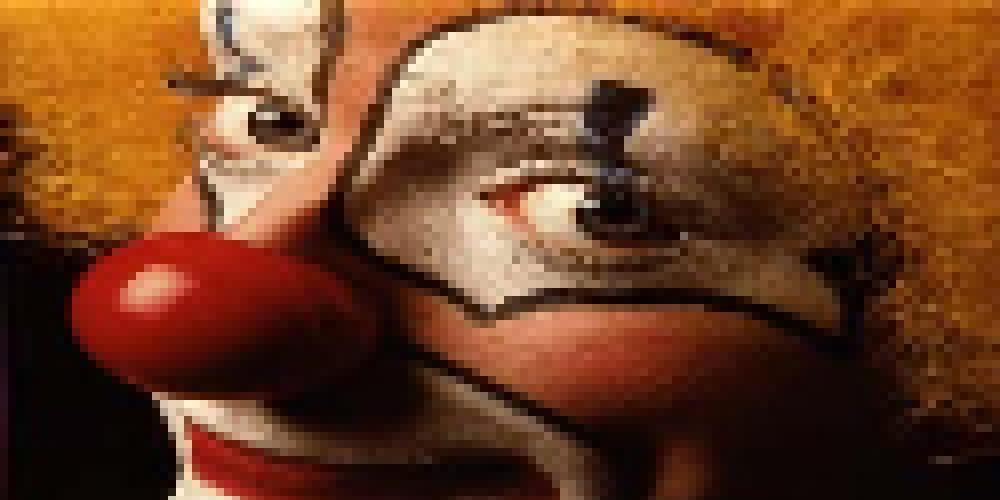 bilinear enlargement: 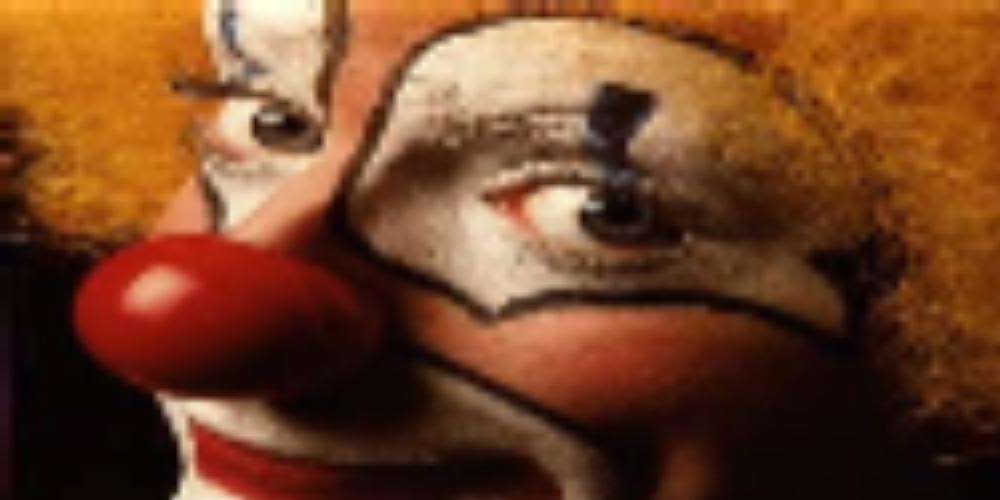 bicubic enlargement: 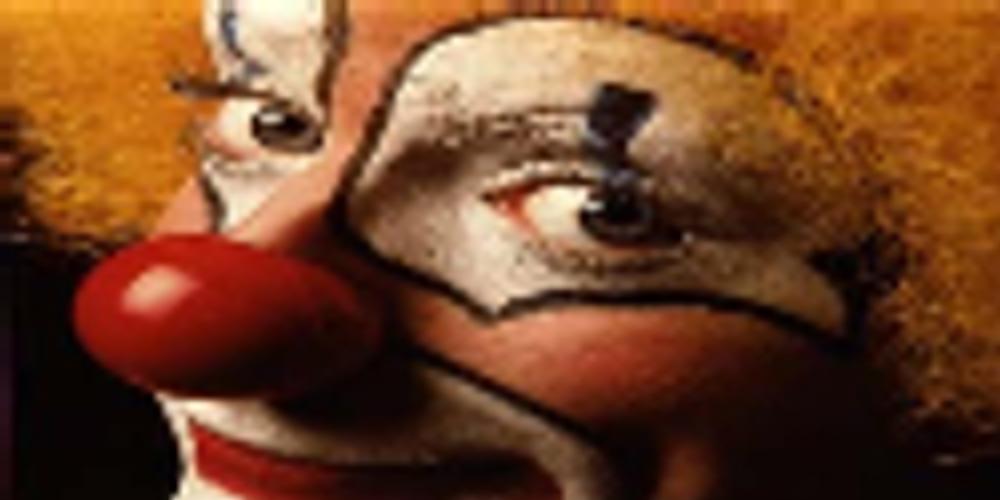 proposed method: 
|
Re: How to quantify the quality of an enlarged image?
|
Hi Aidriiyan,
if you do just one upscaling operation and then downscale again, nearest neighbor (i.e. no interpolation) will give you the original pixel values. But that is a very special case i'd say, it is an exception. In almost all other cases, bicubic interpolation is best, bilinear slightly worse and no interpolation is worst. This is true for example if you do several steps, in each of them upscaling by less than a factor of two, and then downscaling to the original size. You can easily try this. The theory behind it: If an image shows no aliasing artifacts, the Nyquist-Shannon theorem tells you that the image has a bandwidth in the frequency domain (Fourier domain) that is half the spatial frequency of the sampling. In more simple words, if you have a pixel spacing of d, the highest Fourier component that can be displayed is cos(PI*x/d). If the frequency cutoff is really sharp, the ideal interpolation function (kernel) would be sin(x)/x (sync function). This function has 'ringing' tails to large distances, however, which usually cause artifacts. So one should use some approximation to this function, avoiding the ringing. Bicubic interpolation is a better approximation of sin(x)/x than bilinear, and bilinear is (much) better than nearest neighbor. Michael ________________________________________________________________ On 15 Sep 2010, at 08:08, aidriiyan wrote: > Different study in image enlargement utilizes RMSE or PSNR to > quantify if > their image enlargement method is much better than the existing one. > (lower > RMSE and higher PSNR is better) > > Questions > 1. Why nearest-neighbor method in image enlargement produces > significantly > lower RMSE and higher PSNR than bilinear and bicubic even though > the results > of these two is much better than the nearest-neighbor? > 2. Is it possible to create a better enlargement algorithm compared > to n-n, > bilinear and bicubic even though the RMSE is much larger and the > PSNR is > lower? > > original image : http://imagej.588099.n2.nabble.com/file/ > n5533139/20X20.jpg > n-n enlargement: > http://imagej.588099.n2.nabble.com/file/n5533139/160X160%28n-n%29.jpg > bilinear enlargement: > <a href="http://imagej.588099.n2.nabble.com/file/n5533139/160X160%28bilinear%">http://imagej.588099.n2.nabble.com/file/n5533139/160X160%28bilinear% > 29.jpg > bicubic enlargement: > proposed method: > -- > View this message in context: http://imagej.588099.n2.nabble.com/ > How-to-quantify-the-quality-of-an-enlarged-image- > tp5533139p5533139.html > Sent from the ImageJ mailing list archive at Nabble.com. |
Please remove my email from the imageJ list
|
In reply to this post by aidriiyan
Please remove my email from this email list for image J. Thanks a lot.
|
«
Return to ImageJ
|
1 view|%1 views
| Free forum by Nabble | Edit this page |

